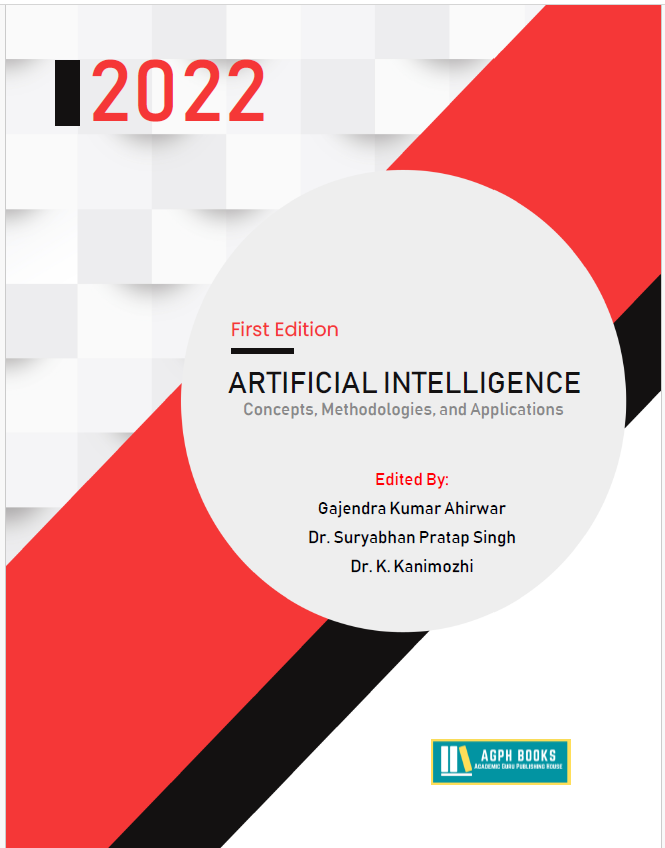A Literature Survey on Android Malware Detection Using Artificial Intelligence
Keywords:
Android malware detection, Artificial Intelligence, machine learning, deep learningAbstract
A fall in the cost of mobile devices like smartphones and tablets, along with an improvement in functionality as well as service availability, has increased the usage of these devices in the last few years. With its openness as well as free availability, Android OS has become a prominent player in the mobile device industry, and a target for hackers. A number of recent findings and trends in Android malware research have been surveyed in this paper. An overview of the analysis as well as detection process is provided by a discussion of static as well as dynamic malware analysis techniques, followed by an examination of the benefits of artificial intelligence techniques such as machine learning or deep learning for the detection of malware in various Android applications.
References
[1] S. R. T. Mat, M. F. A. Razak, M. N. M. Kahar, J. M. Arif, and A. Firdaus, "A Bayesian probability model for Android malware detection," ICT Express, no. xxxx, 2022, https://doi.org/10.1016/j.icte.2021.09.003
[2] A. Guerra-Manzanares, H. Bahsi, and S. Nõmm, "KronoDroid: Time-based hybrid-featured dataset for effective android malware detection and characterization," Comput. Secur., vol. 110, p. 102399, 2021, https://doi.org/10.1016/j.cose.2021.102399
[3] O. N. Elayan and A. M. Mustafa, "Android malware detection using deep learning," Procedia Comput. Sci., vol. 184, no. 2019, pp. 847-852, 2021, https://doi.org/10.1016/j.procs.2021.03.106
[4] M. Kinkead, S. Millar, N. McLaughlin, and P. O'Kane, "Towards explainable cnns for android malware detection," Procedia Comput. Sci., vol. 184, no. 2019, pp. 959-965, 2021, https://doi.org/10.1016/j.procs.2021.03.118
[5] S. Baek, J. Jeon, B. Jeong, and Y. S. Jeong, "Two-Stage Hybrid Malware Detection Using Deep Learning," Human-centric Comput. Inf. Sci., vol. 11, 2021, doi: 10.22967/HCIS.2021.11.027.
[6] J. Qiu, J. Zhang, W. Luo, L. Pan, S. Nepal, and Y. Xiang, "A Survey of Android Malware Detection with Deep Neural Models," ACM Comput. Surv., vol. 53, no. 6, 2021, https://doi.org/10.1145/3417978
[7] M. K. Alzaylaee, S. Y. Yerima, and S. Sezer, "DL-Droid: Deep learning based android malware detection using real devices," Comput. Secur., vol. 89, 2020, https://doi.org/10.1016/j.cose.2019.101663
[8] H. Han, S. Lim, K. Suh, S. Park, S. J. Cho, and M. Park, "Enhanced android malware detection: An SVM-based machine learning approach," Proc. - 2020 IEEE Int. Conf. Big Data Smart Comput. BigComp 2020, no. December 2016, pp. 75-81, 2020,https://doi.org/10.1109/BigComp48618.2020.00-96
[9] L. U. Memon, N. Z. Bawany, and J. A. Shamsi, "A comparison of machine learning techniques for android malware detection using apache spark," J. Eng. Sci. Technol., vol. 14, no. 3, pp. 1572-1586, 2019.
[10] N. Alzahrani and D. Alghazzawi, "A review on android ransomware detection using deep learning techniques," 11th Int. Conf. Manag. Digit. Ecosyst. MEDES 2019, pp. 330-335, 2019, https://doi.org/10.1145/3297662.3365785
[11] X. Ge, Y. Pan, Y. Fan, and C. Fang, "AMDroid: Android Malware Detection Using Function Call Graphs," Proc. - Companion 19th IEEE Int. Conf. Softw. Qual. Reliab. Secur. QRS-C 2019, pp. 71-77, 2019, https://doi.org/10.1109/QRS-C.2019.00027
[12] R. Vinayakumar, K. P. Soman, P. Poornachandran, and S. Sachin Kumar, "Detecting Android malware using Long Short-term Memory (LSTM)," J. Intell. Fuzzy Syst., vol. 34, no. 3, pp. 1277-1288, 2018, https://doi.org/10.3233/JIFS-169424




